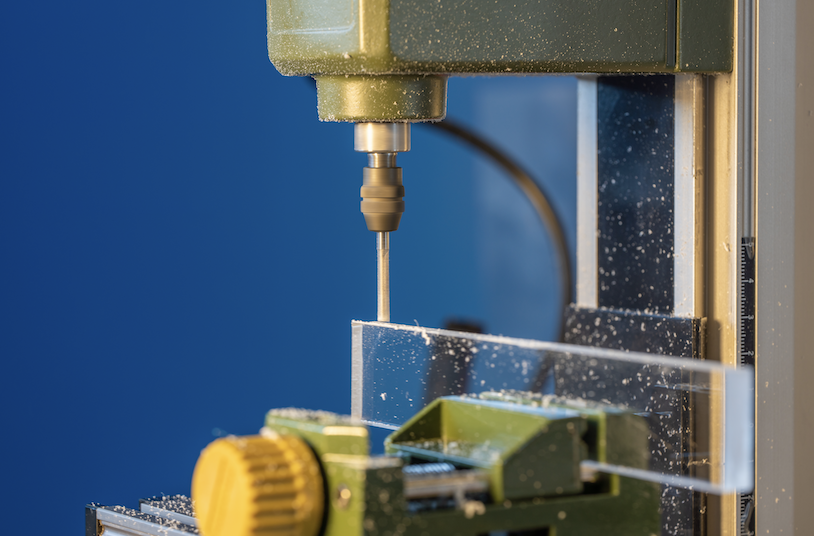Understanding Plastic Fabrication: How It Works
Understanding Plastic Fabrication: How It Works
Blog Article

Plastic fabrication is the process of designing plastic products using various techniques. This industry plays a crucial role in various sectors, including automotive and packaging. In this article, we will explore Plastic Fabrication the key aspects of plastic fabrication, covering its methods, industries it serves, and benefits.
Common Plastic Fabrication Techniques
There are several popular methods for fabricating plastic, each suited for specific applications. These include:
- Thermoforming: Warming plastic sheets to form desired shapes.
- Injection Molding: Pressing molten plastic into a cast to create detailed parts.
- Blow Molding: A process used for lightweight plastic products, such as bottles.
- Extrusion: Forming plastic by forcing it through a mold.
- CNC Machining: Trimming plastic with precision-based machines.
Where is Plastic Fabrication Used?
Plastic fabrication is used in many industries, including:
- Medical: Manufacturing of medical devices.
- Automotive: Fabricating lightweight, durable vehicle parts.
- Electronics: Producing casings, circuit boards, and insulation materials.
- Packaging: Designing plastic containers for consumer goods.
- Construction: Fabricating PVC pipes, insulation panels, and structural components.
Advantages of Plastic Fabrication
There are several significant benefits to plastic fabrication, including:
- Cost-Effectiveness: Reduced material and production costs.
- Durability: Resistant to corrosion.
- Flexibility: Easily molded into unique shapes and sizes.
- Lightweight: Great for aerospace applications.
- Recyclability: Environmentally friendly material options.
Final Thoughts
Plastic fabrication is a widely used process that enables innovation across a multitude of industries. With improvements in technology, the future of plastic fabrication looks promising. Whether in healthcare, the role of plastic fabrication cannot be understated.
Report this page